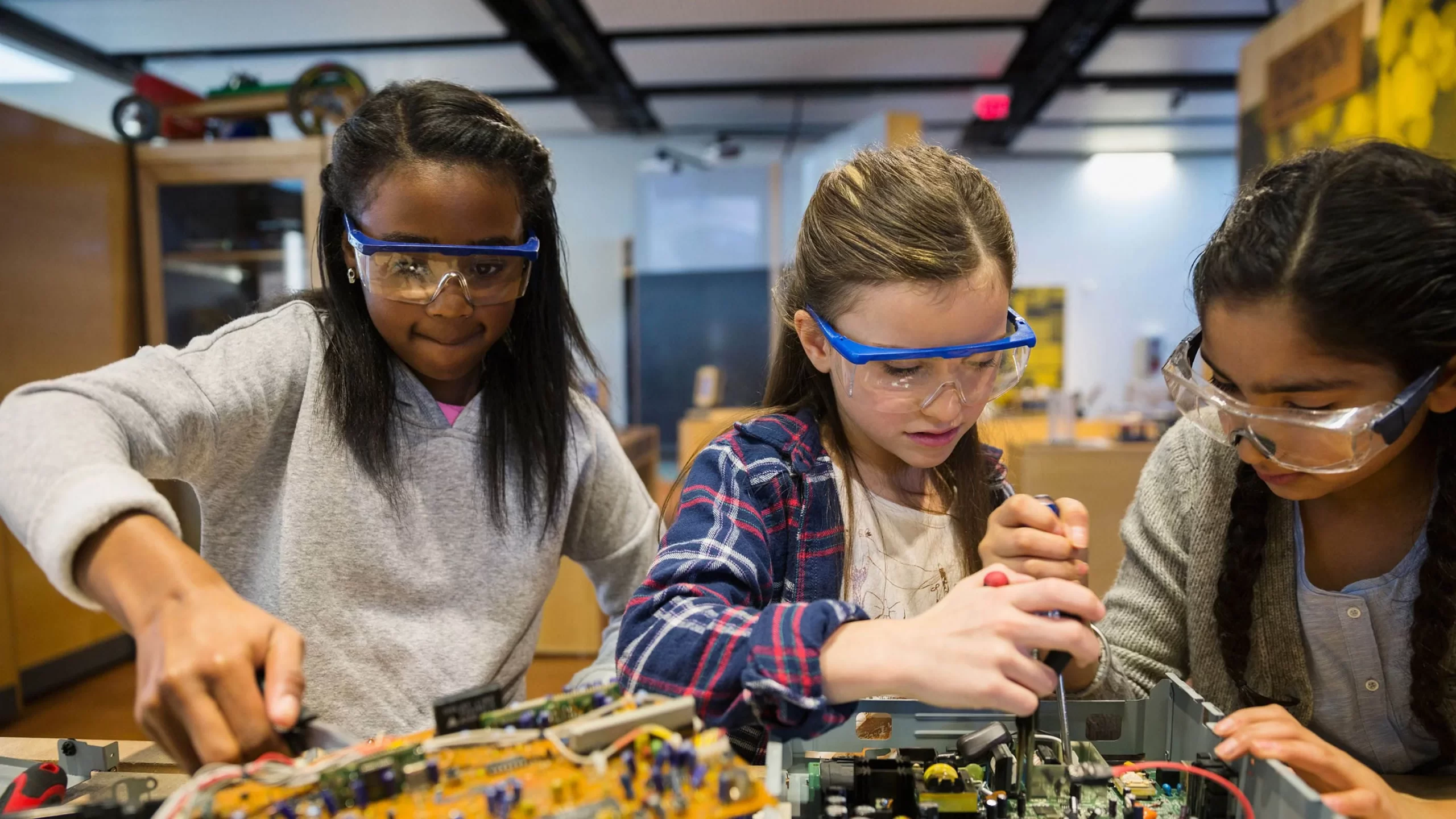“The future of our world is only as bright as the future of our girls.” – Michelle Obama
As we commemorate the tenth International Day of Women and Girls in Science on February 11, 2025, we reflect on the strides made and the challenges that remain in amplifying women’s voices in STEM (Science, Technology, Engineering, and Mathematics). This year’s theme, “Unpacking STEM Careers: Her Voice in Science,” underscores the critical role women play in driving scientific innovation and the importance of inclusive representation.
A Decade of Growth: Women in STEM
Over the past decade, the number of women in STEM occupations has doubled, surpassing one million. This significant achievement is a testament to the dedication of organizations and initiatives aimed at bridging the gender gap in these fields. However, despite these advancements, women still comprise only 29% of the STEM workforce. In engineering, the disparity is even more pronounced, with women making up just 16% of professionals.
This underrepresentation is not due to a lack of capability. Studies show that when given equal opportunities, women excel in STEM at the same rate as men. However, biases, workplace culture, and limited mentorship opportunities contribute to the ongoing gap. Organizations worldwide have been working tirelessly to change this narrative, advocating for gender-inclusive policies, mentorship programs, and scholarships for women pursuing STEM careers.
Breaking Barriers: Challenges and Opportunities
The underrepresentation of women in STEM is often rooted in societal stereotypes and a lack of visible role models. A recent study highlighted that 58% of high school girls question their intelligence to pursue their desired careers, up from 46% in 2017. This self-doubt prevents many from entering male-dominated industries like engineering, computer science, and physics.
Early exposure to STEM activities, positive reinforcement, and showcasing diverse female role models in science can play pivotal roles in building confidence and interest among young girls. Many organizations have stepped up to address this issue, implementing outreach programs to engage young women in STEM fields from an early age.
For instance, the Girls Who Code initiative has reached thousands of young women worldwide, equipping them with technical skills and networking opportunities to advance in technology-related fields. Likewise, She Engineers and STEM for Her focus on mentorship and professional development to support women in engineering and technology.
The Global Perspectives
Globally, women constitute over half of all tertiary education students but remain significantly less likely to choose STEM fields. Between 2018 and 2023, women made up only 35% of STEM graduates, a figure that has remained stagnant over the past decade. This underrepresentation is not just a matter of equity but also a missed opportunity for innovation.
Diverse perspectives enrich scientific inquiry and lead to more comprehensive solutions to global challenges. Women in science have historically contributed to groundbreaking discoveries, yet their contributions have often been overlooked or underrepresented. By promoting gender-inclusive policies and educational programs, we can ensure that women’s potential in science and technology is fully realized.
Countries like Canada, Germany, and Sweden have launched Women in STEM action plans, investing in scholarships, research grants, and policy reforms to create a more balanced and inclusive workforce. These initiatives aim to close the gender gap by providing financial aid, mentorship, and equal career advancement opportunities for women in science.
Empowering the Next Generation
As we celebrate this milestone, it’s crucial to continue fostering environments that encourage and support women in STEM. Initiatives like the Young Woman Engineer of the Year Awards and educational programs play vital roles in inspiring the next generation. By challenging stereotypes, providing mentorship, and promoting inclusive policies, we can ensure that women’s voices are not only heard but are instrumental in shaping the future of science and technology.
Furthermore, corporate responsibility is an essential aspect of promoting gender equality in STEM. Many multinational companies are implementing policies to ensure diversity in hiring, offering maternity leave, childcare support, and flexible work arrangements to make STEM careers more accessible for women.
Women Leading the Way
Women like Kellie Gerardi, the 90th female astronaut, are breaking barriers and serving as role models. Her journey to space in 2023 as a payload specialist aboard the Virgin Galactic 05 research mission highlights the importance of visible representation in STEM. Such stories inspire countless young women to pursue their passions in science, technology, engineering, and mathematics, reinforcing the message that they too can reach for the stars.
Other trailblazers, such as Dr. Kizzmekia Corbett, one of the key scientists behind the development of the COVID-19 vaccine, and Gitanjali Rao, a teenage scientist tackling global issues like water contamination, have demonstrated the profound impact women can have on the world through STEM.
They are among many other women who have made remarkable contributions in science, technology, engineering, and mathematics. Their achievements continue to shape the world, and today, we celebrate them all.
Celebrating Her Voice in Science
As we honor the achievements of women in STEM, let’s commit to creating a future where every girl and woman can confidently pursue and thrive in scientific careers. By unpacking STEM careers and amplifying Her Voice in Science, we pave the way for a more inclusive and innovative world. The past decade has shown immense progress, but the journey is far from over. With continued advocacy, investment, and empowerment, we can ensure the next generation of women in STEM is unstoppable.






Comments are closed.